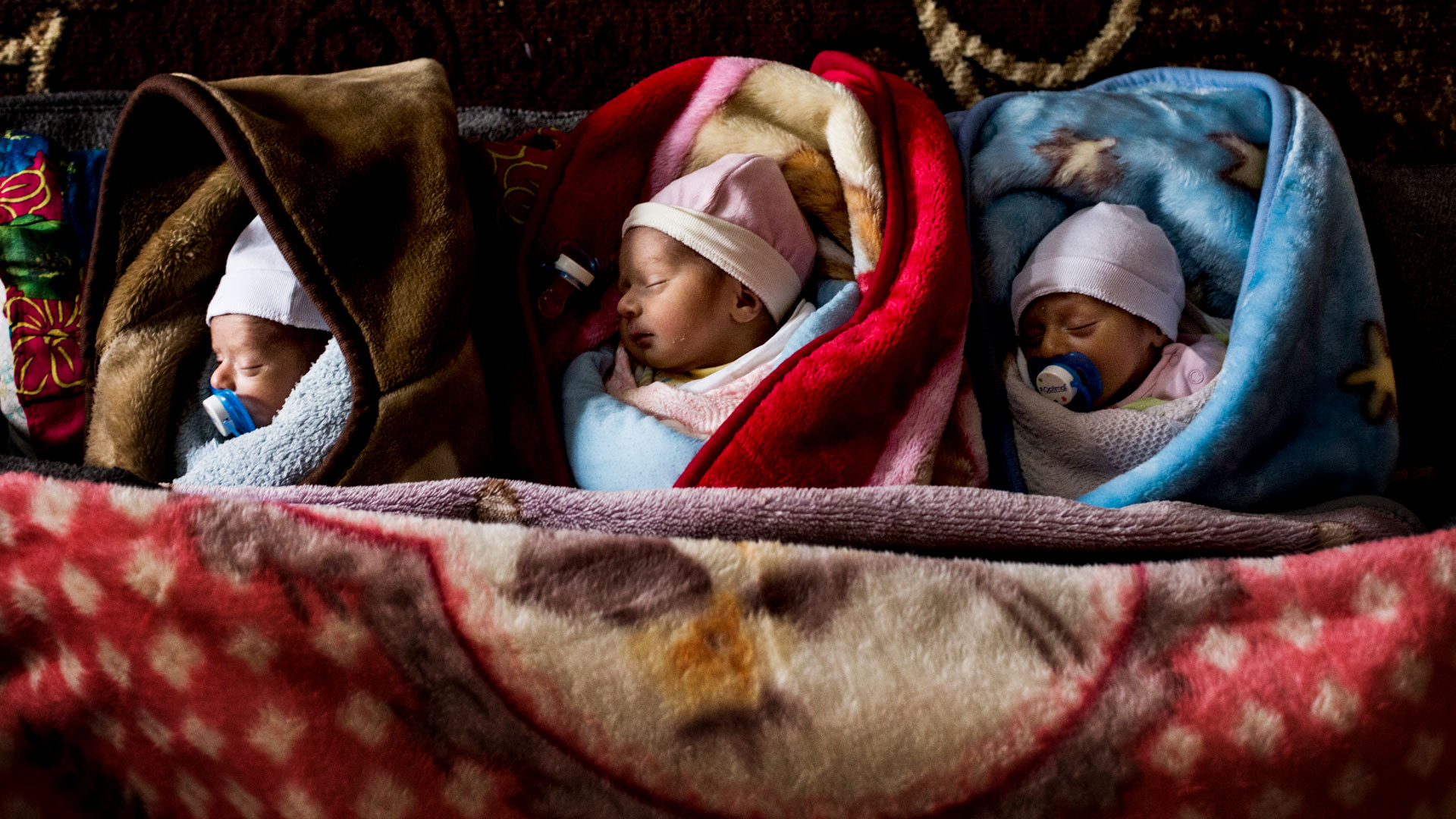UNHCR in full distribution of relief items in southern Lebanon
UNHCR in full distribution of relief items in southern Lebanon

TYRE, Lebanon, August 25 (UNHCR) - Each day now convoys of UNHCR trucks carrying relief supplies wind their way through the hills of southern Lebanon to rubble-strewn villages where returned residents need urgent assistance as they try to rebuild their homes.
"We have worked hard over the past week to get a clear picture of the imminent needs, prioritise distribution areas and get staff, goods and trucks on the ground in Tyre," says Arjun Jain, UNHCR's emergency team protection officer in the southern coastal city.
Immediately after the August 14 ceasefire, UNHCR teams began assessment missions into the worst-hit areas to establish what people needed most from the UNHCR aid that was arriving in Lebanon in increasingly large amounts.
"Now the time has come to help as many people in as short a time as possible. There is no time to lose. People return to destruction and they need immediate support now," said Jain.
UNHCR was running three convoys of trucks into the south on Friday, one each to the villages of Srifa, Qantarah and Taibe. That followed four convoys on Thursday to Ghanduryah, Makarbe, Siddiqine and the Nabatiyah area bringing 786 tents, 6,255 blankets, 3,255 mattresses and 2,720 plastic sheets. The aid is coming from UNHCR warehouses opened in Beirut, Sidon and Tyre, using both UNHCR vehicles and others rented locally.
Meanwhile, more supplies continue to arrive in Lebanon by sea, air and road. Since the crisis began in July, UNHCR has moved 1,553 tons of supplies into Syria and Lebanon for the victims of the fighting, almost all of it now in Lebanon. That has included nearly 15,000 tents, 154,510 blankets, 53,633 mattresses and 13,474 kitchen sets.
"I have been waiting for this for the past 10 days since the ceasefire," Mahmoud Hassan, head of the municipality in Siddiqine, said as the trucks manoeuvred through the rubble of his town. "I am glad it is here."
The majority of the 5,000 population - who had fled to areas further north around Beirut and even to Syria - are now back, but few can use their houses. Most of the town's infrastructure was destroyed.
The trucks unloaded 2,500 blankets, 1,060 plastic sheets and 200 tents for the neediest in the town. Hussein Mohammed, a resident whose house was badly damaged by a missile, was pleased with the aid and the promise of UNHCR kits containing tools, more plastic sheets, wood and corrugated iron that would help him rebuild.
"You are the first ones to bring us anything," Mohammed said. "I am now still living in Tyre as I cannot bring my family here. My daughters ask me every day when they can see their toys? I tell them soon, I tell them we are just clearing up and preparing their toys for them. But how can I take them to this destruction?"
In the town of Ghandurryah, UNHCR emergency team member Ingebjorg Karstad was shocked by what she found. "It is the worst I have seen. This town has been flattened ... basically all of importance - such as homes, infrastructure, electricity plants, shops, tobacco farms - is gone."
"At least it was nice to be able to say we would be willing to help immediately," added Karstad, who arrived ahead of the aid convoy on Thursday that brought 120 tents, 750 blankets, 750 mattresses, 130 plastic sheets and 130 kitchen sets. "We just want to make sure people get what they need, when we say it."
UNHCR has been designated to take the UN lead on emergency shelter in rural areas of Lebanon and is focusing first on distributing items like tents and blankets to the most vulnerable. UNHCR is working on plans to follow this initial phase by assisting those whose houses were completely destroyed to build small, basic structures that can later be expanded.
By Astrid van Genderen Stort in Tyre
and Reem Alsalem in Beirut








